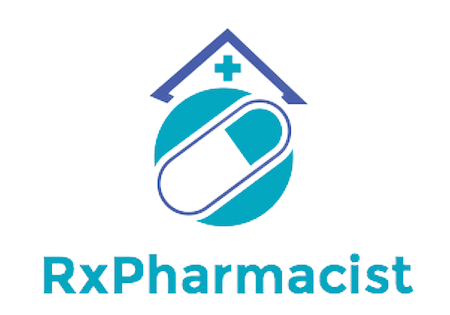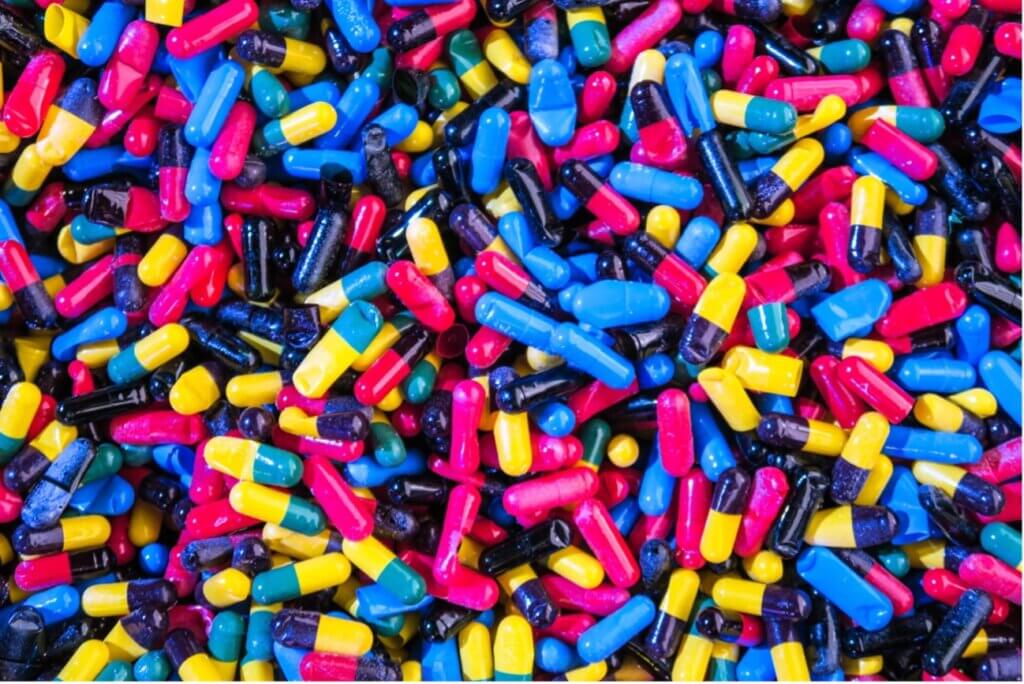Drug development is an extensive process that takes time to be completed. Depending on which therapeutic area the drug is being developed for, more specifically, which disease it is targeting, the process might be slightly faster or slightly slower. To give you an idea, on average, it can take over 10 to 15 years for a drug to be developed. Especially now, with new technology and innovative thinking, many of us don’t understand why it takes so long for a drug to be developed. To better understand this process, let’s take a look at some of these steps. There are 5 core stages of drug development: discovery and development, preclinical research, clinical research, Food and Drug Administration (FDA) drug review, and FDA post-market drug safety monitoring.
Discovery and Development
- This is when the research and development begin. There is an idea that has been discovered and researchers go through research, experiments, and tests to gather information and identify the right compound.
Preclinical Research
- Research must be done in vitro and in vivo to identify the toxicity of that compound before it can go on to be tested on people. In vitro means studies conducted in a glass or test tube, and in vivo means studies are performed on living things.
Clinical Research
- This is where the clinical trial design is created, and the Investigational New Drug Process (IND) begins. The IND application is submitted to FDA before the clinical research begins. There are phases within the clinical research stage.
- Phase 1
- The purpose is safety, toxicity, and dosage.
- The process takes about a few months and includes about 20 to 100 individuals that are healthy or people with the disease that the drug is targeting.
- Phase 2
- The purpose is efficacy, additional safety data, and identifying side effects.
- The process takes about months to about two years and can include a couple of hundred people with the disease that the drug is targeting.
- Phase 3
- The purpose is efficacy, monitoring, and gathering a detailed side effect profile.
- The process is about one to four years and includes anywhere from 300 to 3,000 volunteers with the disease the drug is targeting.
- Phase 4
- This phase is conducted after the drug has been approved. The purposes of this phase are continued monitoring of drug safety and efficacy.
- Phase 1
FDA Drug Review
- Once all the other stages are successfully completed and the drug demonstrates safety and efficacy, a New Drug Application (NDA) can be submitted to the FDA. This is where the drug is considered for FDA approval. This FDA review process can take about 6 to 10 months.
FDA Post-Market Drug Safety Monitoring
- This process involves the FDA continually monitoring the drug’s safety and efficacy.
These stages show just how long the process and steps are for drug development. If you want to learn more in detail about each process, the FDA has a great section on the drug development process. Also, the FDA has a section on novel drug approvals. In that section, it includes the FDA’s Center for Drug Evaluation and Research (CDER) approval of many new drugs and biological products. That list doesn’t include approvals of all products, but it does include new molecular entities and new therapeutic biological products. It is an incredible list to see exactly how many drugs get approved yearly.
It is fascinating to witness how many drugs undergo development, especially in recent times. Hopefully, in the future, we will continue to see innovative processes that move medicine forward. Overall, drug development is an extensive process that includes many stages and phases which shows just how much time it takes for everything to be completed to have an end product that is safe and effective.
Dagmara Zajac
RxPharmacist Team
References:
- Mohs RC, Greig NH. Drug discovery and development: Role of basic biological research. Alzheimers Dement (N Y). 2017;3(4):651-657. Published 2017 Nov 11. doi:10.1016/j.trci.2017.10.005
- In Vivo vs In Vitro: Definition, Pros and Cons. Drug Discovery from Technology Networks. https://www.technologynetworks.com/drug-discovery/articles/in-vivo-vs-in-vitro-definition-pros-and-cons-350415#:~:text=The%20etymological%20origins%20of%20in,test%20tube%20or%20petri%20dish. Accessed December 29, 2022.
- Commissioner Oof the. Step 1: Discovery and Development. U.S. Food and Drug Administration. https://www.fda.gov/patients/drug-development-process/step-1-discovery-and-development. Accessed December 29, 2022.
- Commissioner Oof the. Step 2: Preclinical research. U.S. Food and Drug Administration. https://www.fda.gov/patients/drug-development-process/step-2-preclinical-research. Accessed December 29, 2022.
- Commissioner Oof the. Step 3: Clinical research. U.S. Food and Drug Administration. https://www.fda.gov/patients/drug-development-process/step-3-clinical-research. Accessed December 29, 2022.
- Commissioner Oof the. Step 4: FDA Drug Review. U.S. Food and Drug Administration. https://www.fda.gov/patients/drug-development-process/step-4-fda-drug-review. Accessed December 29, 2022.
- Commissioner Oof the. Step 5: FDA Post-Market Drug Safety Monitoring. U.S. Food and Drug Administration. https://www.fda.gov/patients/drug-development-process/step-5-fda-post-market-drug-safety-monitoring. Accessed December 29, 2022.
- Center for Drug Evaluation and Research. Novel drug approvals for 2022. U.S. Food and Drug Administration. https://www.fda.gov/drugs/new-drugs-fda-cders-new-molecular-entities-and-new-therapeutic-biological-products/novel-drug-approvals-2022. Accessed December 29, 2022.

